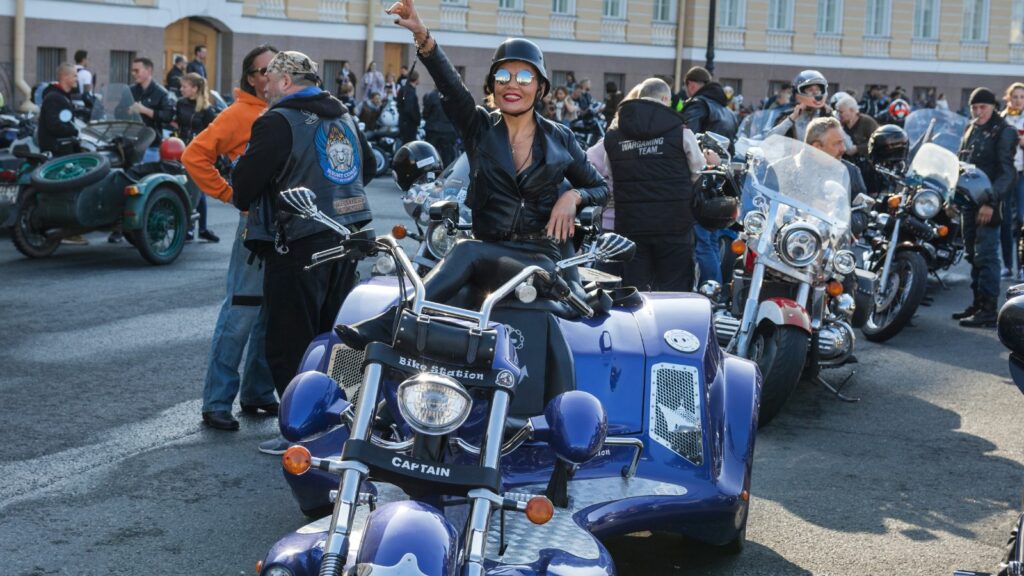Three wheel motorcycles, or trikes, are steadily growing in popularity. They bridge the gap between motorcycles and cars, offering the open air thrill of two wheels with the added stability of a third. For older riders, those who want more comfort, or beginners intimidated by the balance of a standard motorcycle, trikes offer an appealing alternative. But are they truly easy to ride, and is it better to have two wheels in the front or the rear? The answer depends on design, rider expectations, and what kind of experience you want from the machine.
How They Differ From Two Wheels
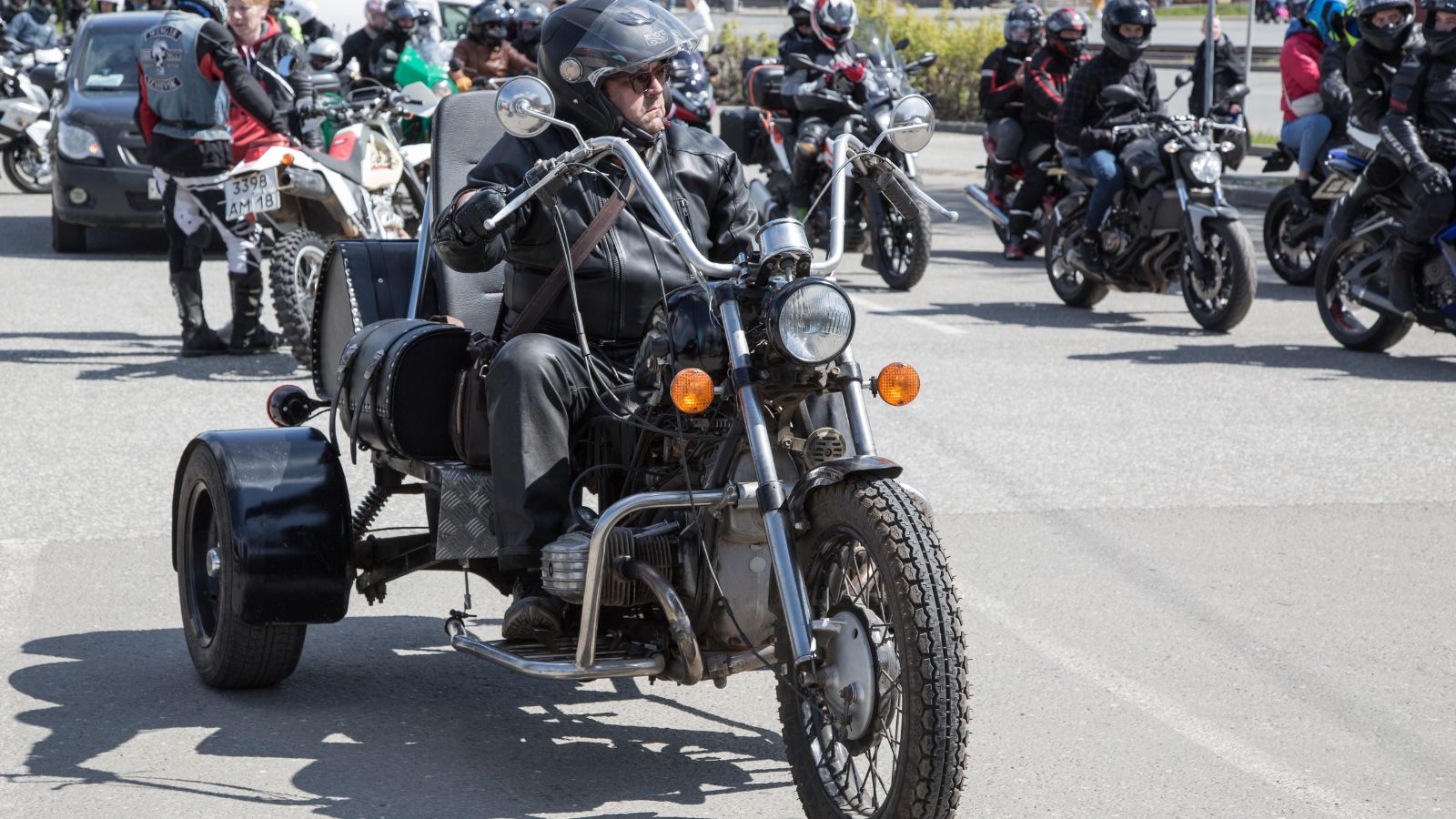
The biggest adjustment is that three wheel motorcycles do not lean into turns the way traditional motorcycles do. On a standard bike, counter steering and body position allow riders to carve smoothly through corners. On a trike, the sensation is different. The machine steers more like a small car, where you physically turn the bars instead of pushing them lightly. For experienced riders, this can feel unnatural at first. For new riders, it often feels reassuringly stable. Stopping at lights is also stress free there’s no need to put your feet down or worry about balancing on uneven pavement.
Are They Hard To Ride?
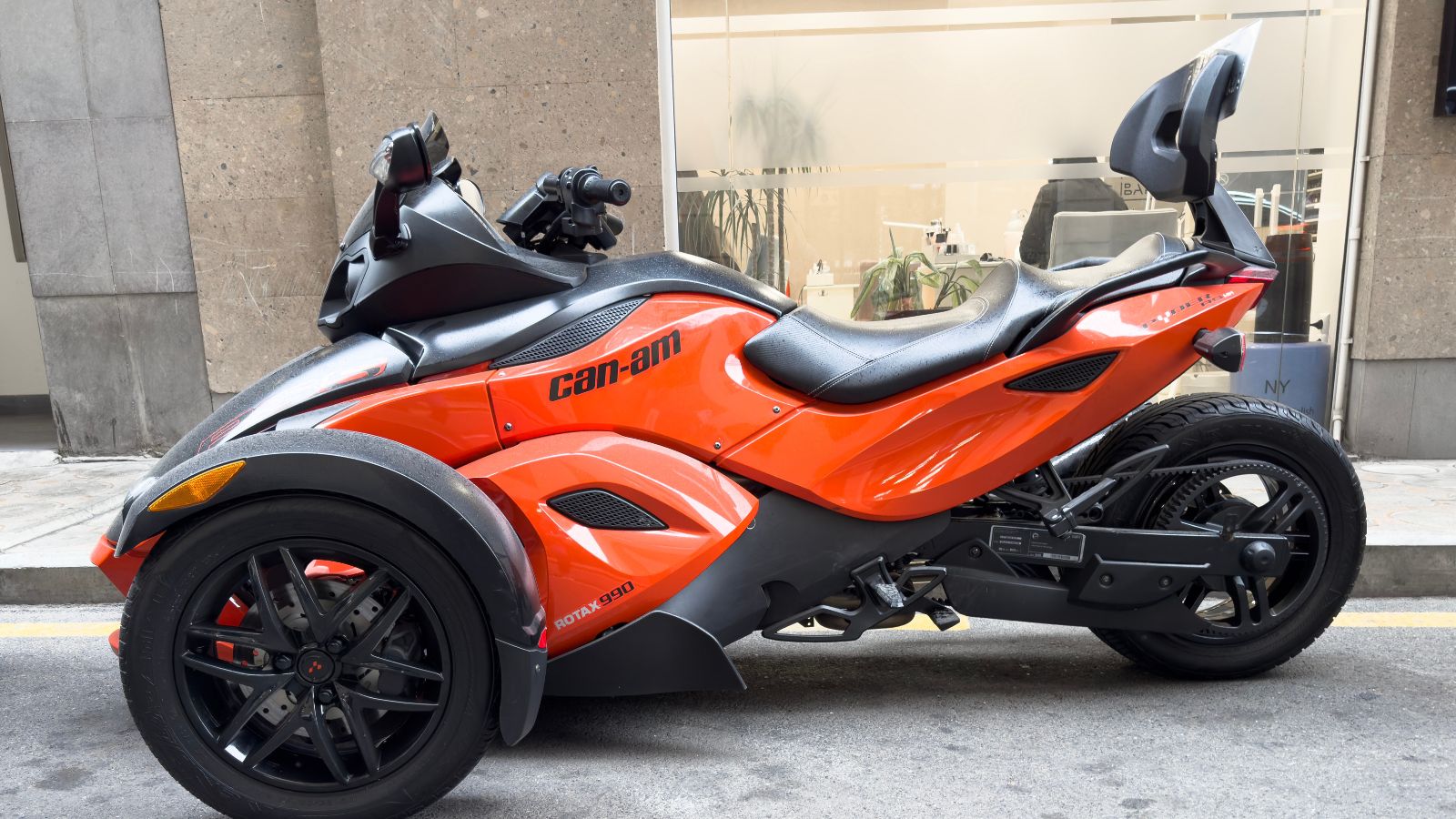
In general, trikes are easier than two wheel motorcycles to handle, especially at low speeds and for long distance cruising. They are forgiving of mistakes that might tip over a regular bike. However, riding a three wheeler comes with its own learning curve. Because they don’t lean, cornering requires more deliberate input from your arms and core. Riders often find themselves bracing against the seat to stay planted in sharp turns, especially on trikes with two rear wheels. On highways, they feel planted and comfortable, but on twisty back roads, they can feel less fluid than a two wheeler. Overall, once the rider adapts, most find them less physically demanding and more relaxing to operate.
The Case For Two Wheels In The Back
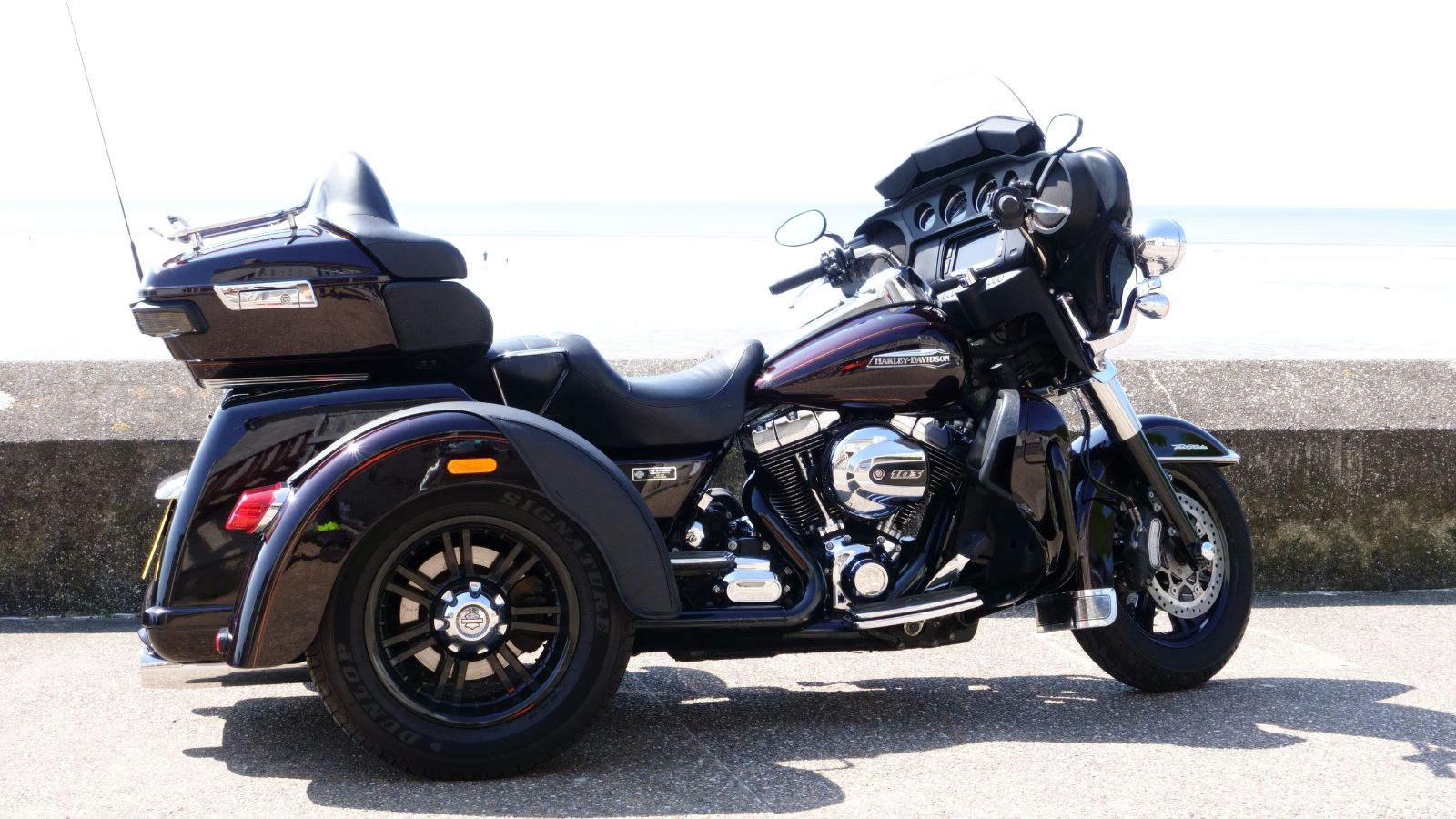
The traditional trike layout, with one wheel up front and two in the rear, is the classic formula. Harley Davidson’s Tri Glide and conversions of Honda Gold Wings are the best known examples. These trikes retain much of the look and feel of a motorcycle. The wide rear gives stability in a straight line, and the front end still looks and steers like a traditional bike. Riders who transition from two wheels often feel most comfortable here.
However, this design has drawbacks. Because all the steering is handled by the single front wheel, sharp corners can feel heavy and less stable. At speed, hitting a bump with one rear wheel can also upset the balance. In parking lots or narrow roads, the wide rear track makes maneuvering more challenging. Despite these quirks, many longtime riders choose two rear wheels because they preserve more of the classic motorcycle feel.
The Case For Two Wheels In The Front
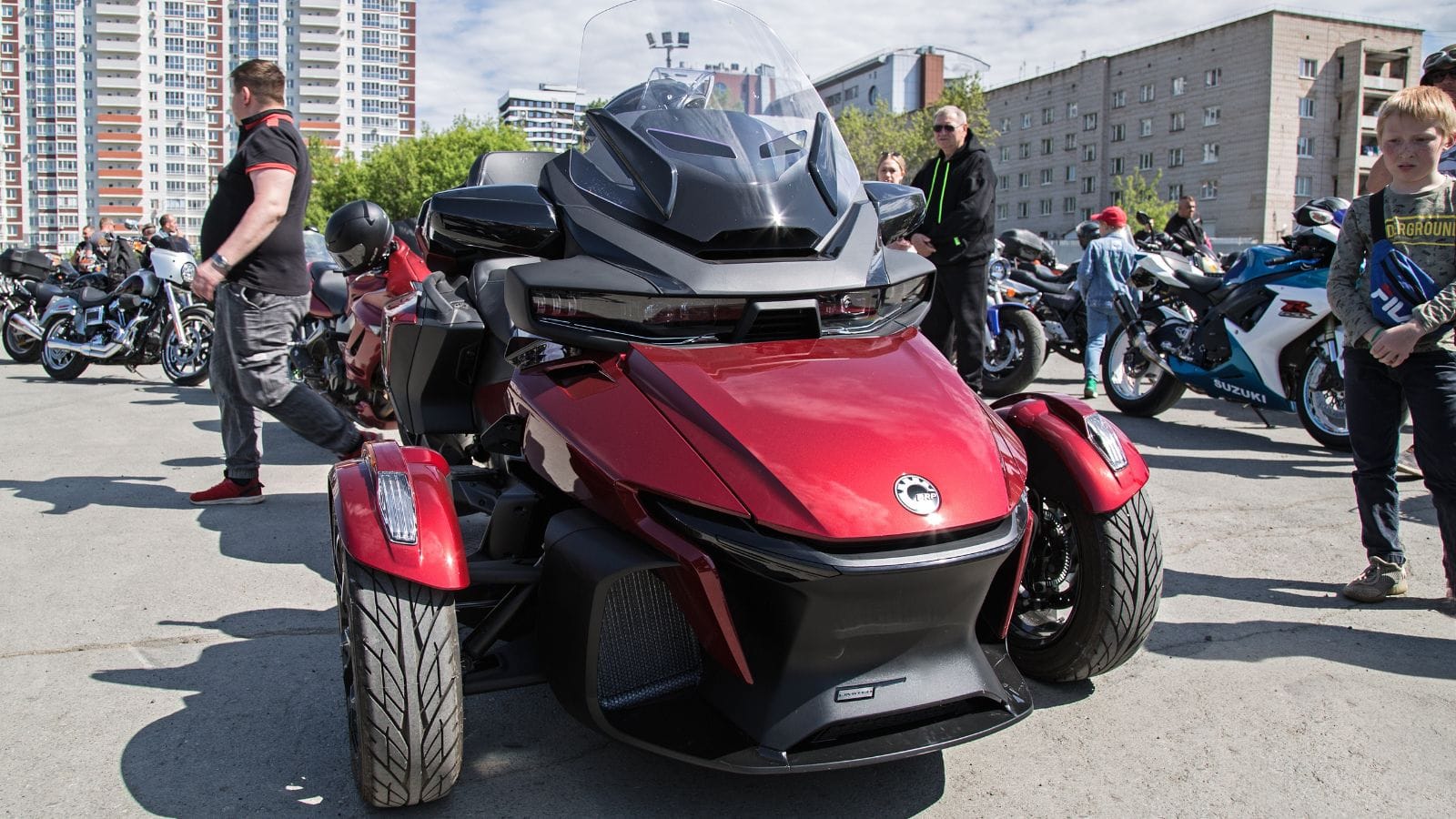
Reverse trikes, like the Can Am Spyder or Polaris Slingshot, flip the idea by putting two wheels in front and one behind. This dramatically improves handling. Two front wheels provide more grip in corners, better braking stability, and more confidence in emergency maneuvers. Many riders describe the experience as closer to a small sports car than a motorcycle. These machines are nearly impossible to tip under normal riding conditions, making them especially appealing to beginners or those who prioritize safety.
The tradeoff is that they feel less like traditional motorcycles. There is no tank between your knees, no leaning into corners, and the visual layout is very different. Purists often argue that reverse trikes lack the soul of a true bike. But for riders who care about stability, speed, and comfort, two front wheels deliver undeniable advantages.
Riding Techniques And Adaptation
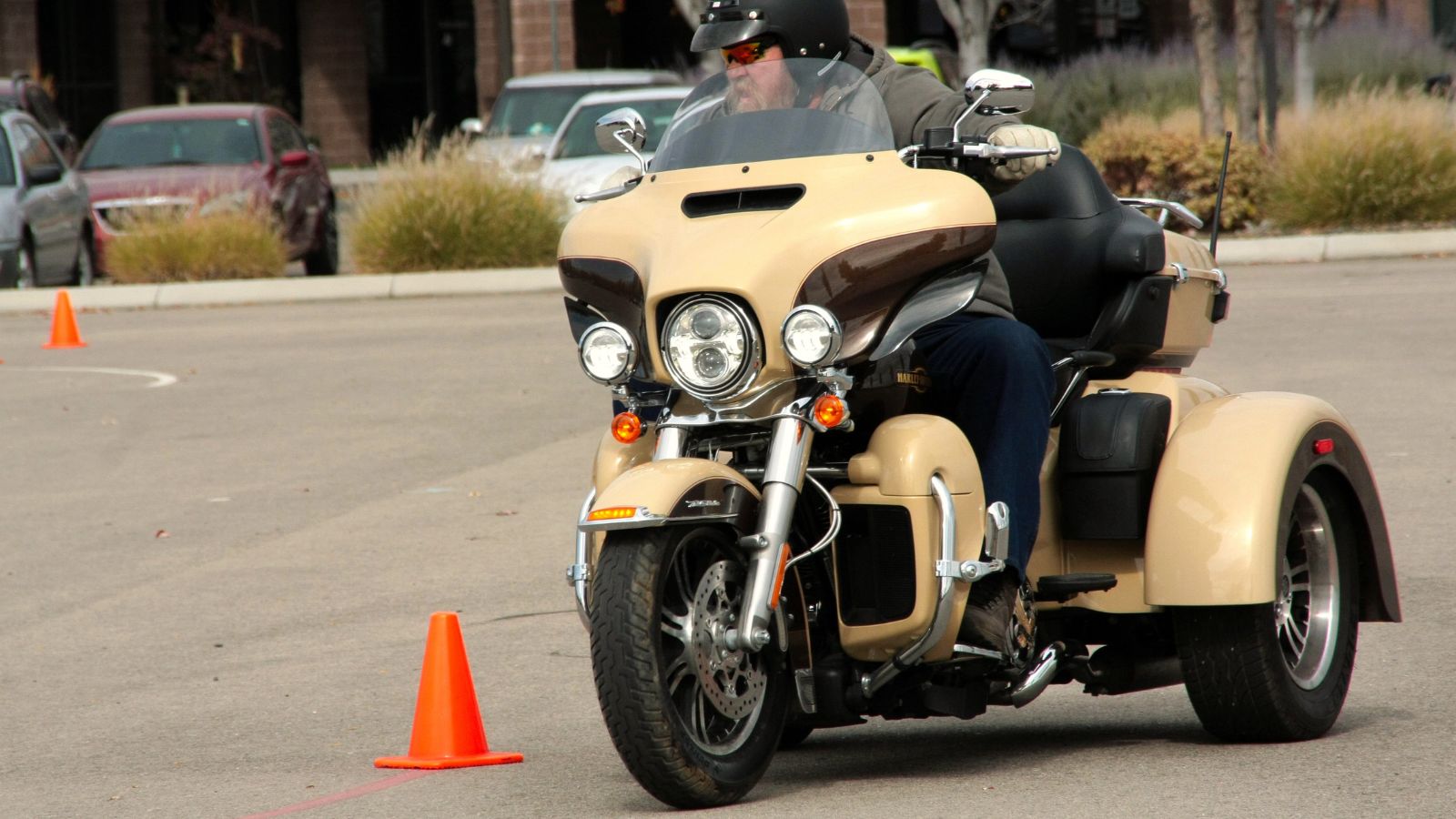
Trikes may be stable, but good technique is still important. On rear wheel trikes, riders often have to shift their body slightly in corners to counteract the feeling of being pulled to the outside of the turn. On front wheel trikes, steering effort is reduced, but riders still need to get used to the sensation of turning without leaning. Braking is also different. With three contact patches, there is more stability, but braking distances can feel longer on heavy touring trikes. Riders who transition from two wheels often need a few rides to reprogram their instincts.
Safety Considerations
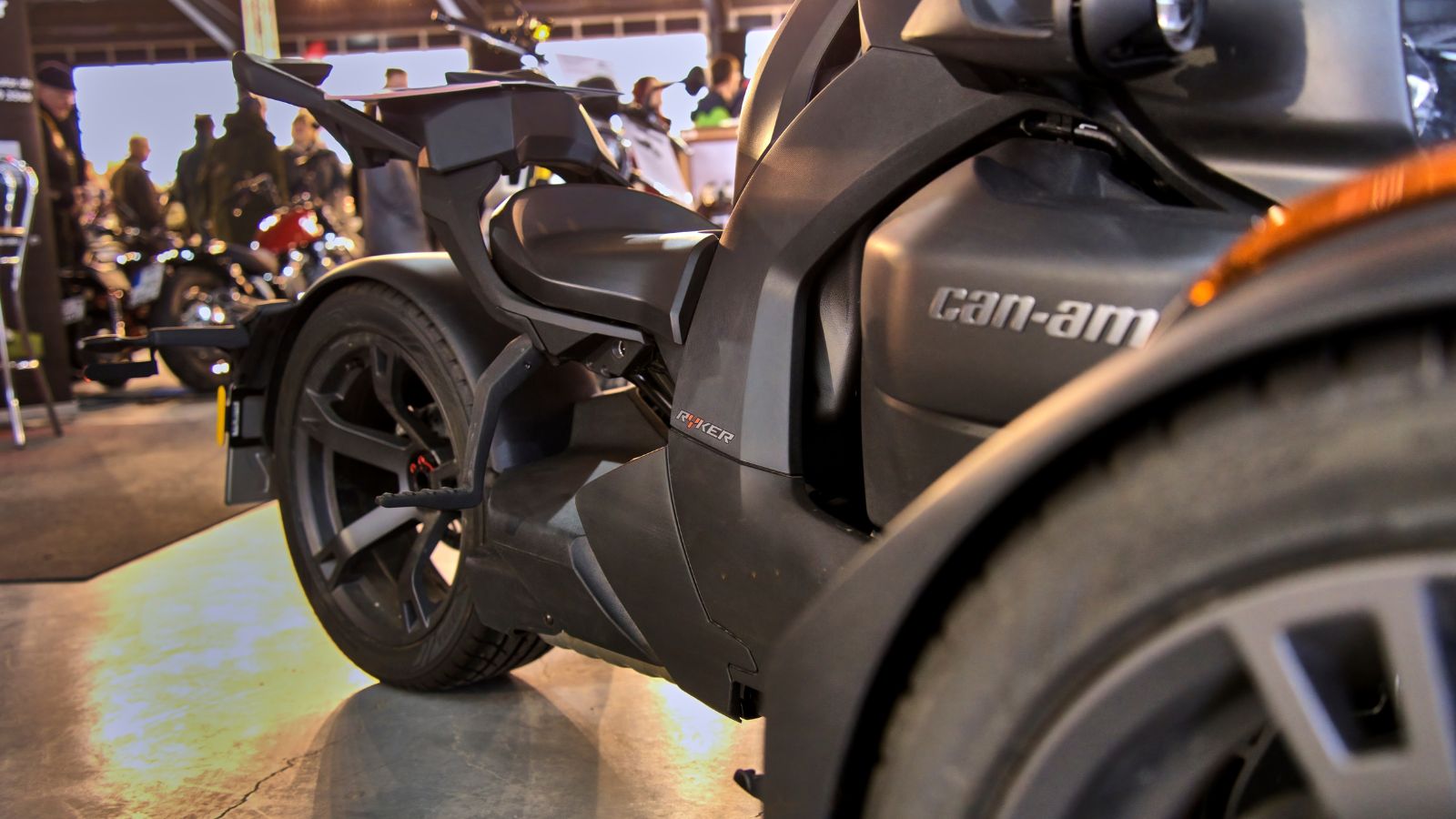
One of the biggest selling points of trikes is safety. At low speeds and when stopping, they eliminate the risk of a tip over. For older riders or those with limited strength, this can make all the difference in continuing to ride. On long trips, the extra stability reduces fatigue. However, trikes also present unique risks. Because they are wider than a two wheel motorcycle, they can clip curbs or obstacles that riders might otherwise avoid. Their car like steering also means it is harder to swerve around hazards. Safety boils down to adjusting expectations and practicing until handling feels natural.
Comparing Popular Models
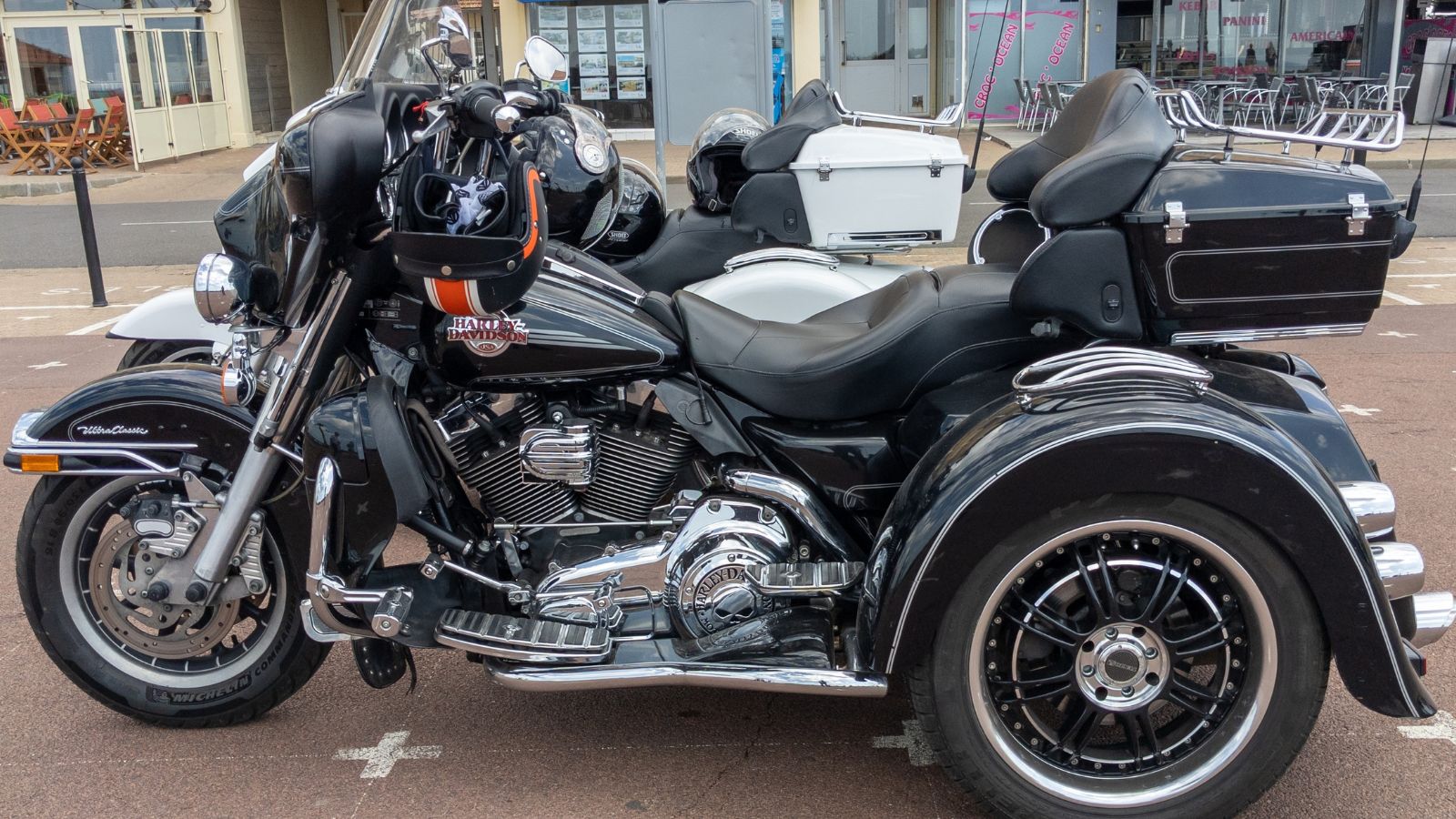
The Harley Davidson Tri Glide offers traditional touring comfort with the power of a Milwaukee Eight V Twin, making it a favorite for long haul riders who still want the Harley experience. The Can Am Spyder, with its reverse trike design, caters to riders who want modern stability and high tech features. The Polaris Slingshot pushes even further toward car like performance, with a side by side cockpit and steering wheel rather than handlebars. Each offers a different interpretation of what three wheel riding can be, and the best choice depends on whether you want nostalgia, balance, or outright futuristic design.
Which Layout Is Better For You
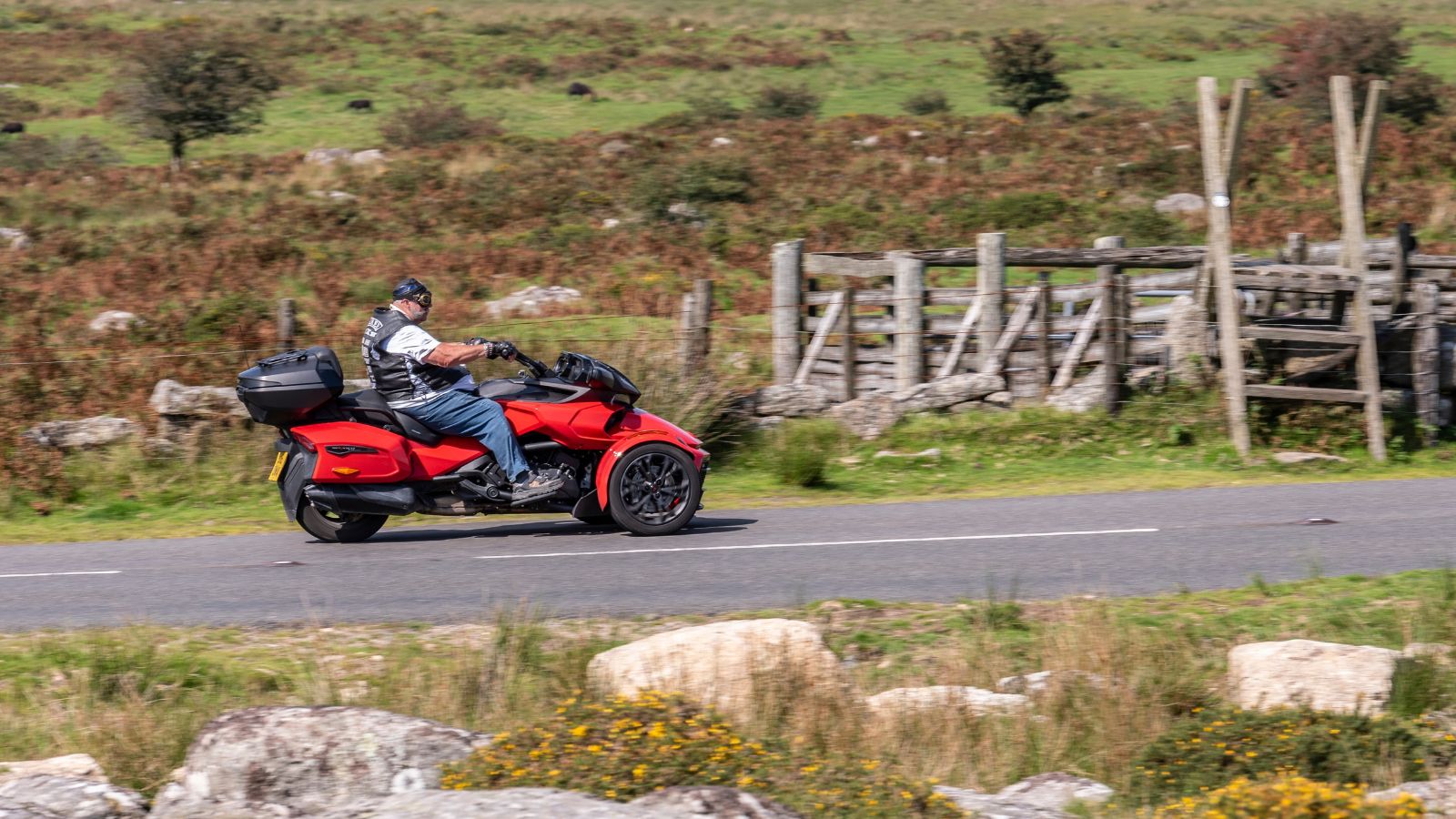
Choosing between two wheels in the back or in the front depends on what matters most to you. If you want the closest thing to a traditional motorcycle and the pride of classic styling, a two rear wheel trike will deliver. If you value handling confidence, sharper cornering, and modern engineering, two front wheels are the smarter option. Neither design is inherently harder to ride, but they provide very different experiences.
The Bottom Line
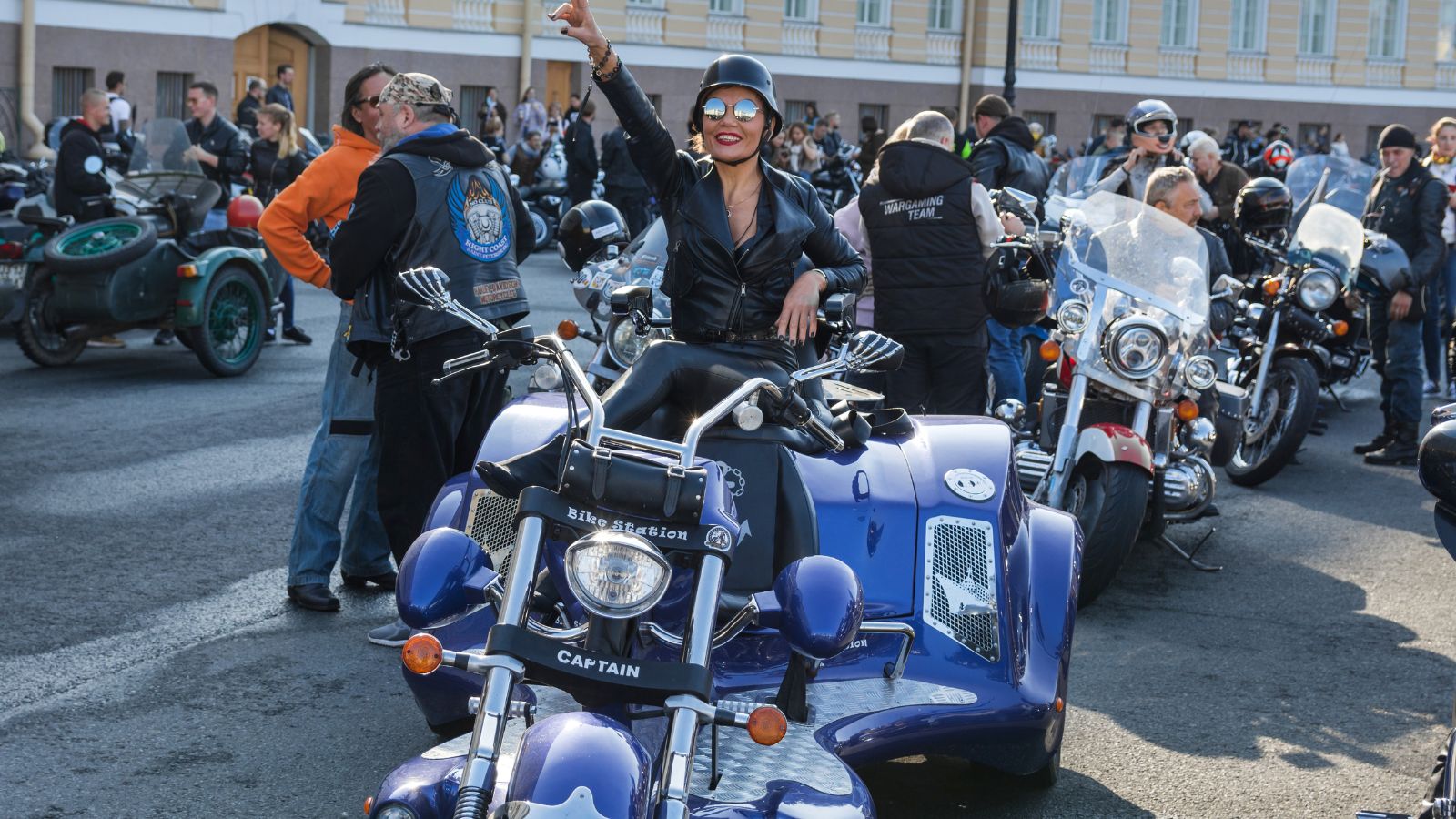
Three wheel motorcycles are not hard to ride, but they do require adjustment. Riders must get used to cornering without leaning, wider dimensions, and the unique feel of each layout. Two rear wheel trikes appeal to traditionalists, while two front wheel designs attract riders who want maximum stability. Both have their place, and both keep the spirit of motorcycling alive for people who want to enjoy the open road without the same physical demands of balancing two wheels. Whether you are a seasoned rider or a newcomer, trikes open the door to a different but equally rewarding kind of freedom.
25 Facts About Car Loans That Most Drivers Don’t Realize

Car loans are one of the most common ways people fund car purchases. Like any other kind of loan, car loans can have certain features that can be regarded as an advantage or a disadvantage to the borrower. Understanding all essential facts about car loans and how they work to ensure that you get the best deal for your financial situation is essential. Here are 25 shocking facts about car loans that most drivers don’t realize:
25 Facts About Car Loans That Most Drivers Don’t Realize
